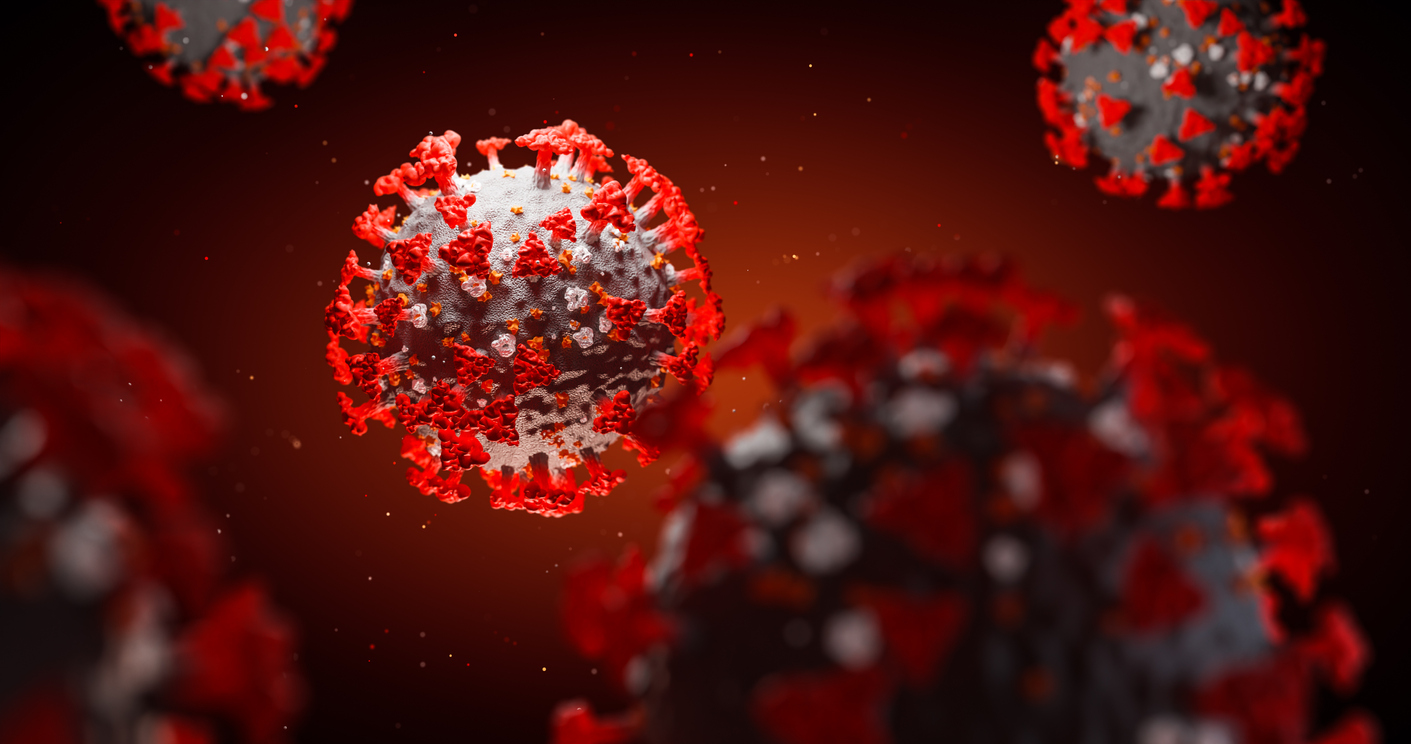
Six more cases have been confirmed in Uganda's Ebola Sudan outbreak, raising the total to seven, the World Health Organization (WHO) said today in an update, while noting that the outbreak location—Mubende district—poses a risk of further spread and that health officials are weighing the possibility of testing a vaccine targeting the strain in the location.

Steady drops in new monkeypox cases continue in North America and Europe, resulting in a 22% overall decline in cases reported in the last week, according to a new situation report from the World Health Organization (WHO).

An investigational drug developed to treat a rare, inherited form of amyotrophic lateral sclerosis (ALS) reduced molecular signs of the fatal, paralyzing disease and curbed neurodegeneration—but at six months, the drug did not improve motor control and muscle strength, according to results from a phase 3 clinical trial led by researchers at Washington University School of Medicine in St. Louis.

Magnetic resonance imaging (MRI) reveals lung damage in nonhospitalized children and teens who either had COVID-19 up to a year earlier or have long-COVID symptoms, according to a single-center clinical trial published this week in Radiology.

Two studies published today in the European Respiratory Journal describe long-COVID findings, one revealing signs of autoimmune disease in 41% of blood samples taken 1 year after recovery, and the other showing that 23% of patients still had exercise intolerance a year after hospital release.

Emissions of formaldehyde and volatile organic compounds (VOCs) from building materials may result in poor indoor air quality.

When you're cooking or cleaning inside your home, what chemicals are you breathing, and are they potentially harmful? Colorado State University chemists have given us a solid start on the answer.

After a 5-week drop, global COVID-19 cases stabilized last week, though deaths continued to decline, the World Health Organization (WHO) said today in its weekly update on the pandemic.

A survey of US healthcare workers (HCWs) before and during COVID-19 reveals that emotional exhaustion (EE)—a problem even before the pandemic—has worsened, threatening to compromise patient care and fuel staff turnover.

Why do some people become seriously ill with COVID-19, while others have no symptoms at all? The answer may lie in the proteins our immune system has previously been exposed to.







